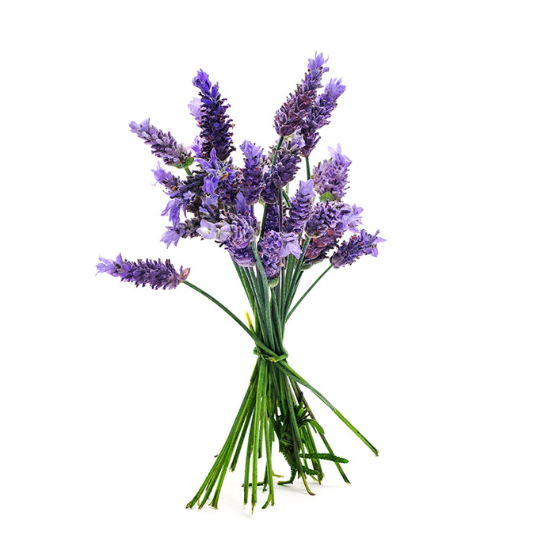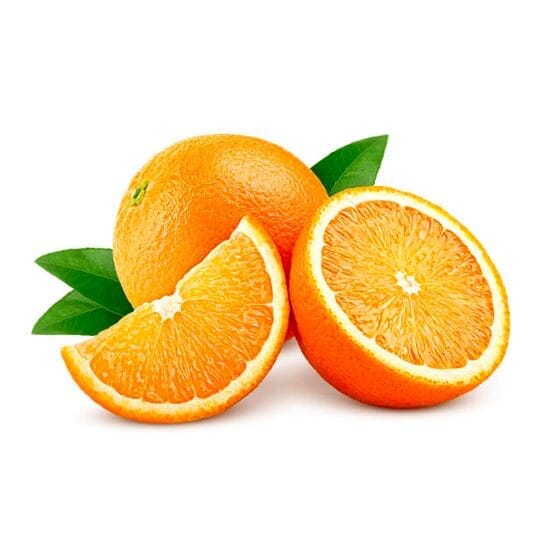What does the word clary sage mean?
The etymology of clary sage dates back to Latin roots. The botanical name for clary sage is Salvia sclarea. "Salvia" comes from the Latin word "salvus," meaning "healthy" or "salutary." This name refers to the medicinal properties of many sage species, including clary sage, which has been used for medicinal purposes since ancient times. The specific epithet "sclarea" comes from the Latin word "clarus," meaning "clear" or "bright." The term "clary" refers to the plant itself, which has broad, hairy, glossy green leaves and a distinctive purple stem when in flower.
In the beginning…
Clary sage was already known and used for medicinal and aromatic purposes in ancient Egypt , ancient Greece , and ancient Rome . The ancient Greeks and Romans used it for its medicinal properties, particularly to treat eye conditions and digestive problems. They also considered clary sage a sacred plant with purifying and protective properties. In the Middle Ages, clary sage was renowned for its medicinal and healing properties. It was used to treat digestive problems, headaches, respiratory infections, and skin conditions. It was also considered a beneficial herb for general well-being and protection against disease.
In addition to its medicinal uses, clary sage has also been used in perfumery for centuries. Its herbaceous, sweet, and slightly musky scent makes it an interesting aromatic note for perfumes. Perfumers often use it to add a fresh, slightly sweet, and woody touch to their olfactory compositions. Today, clary sage continues to be valued in perfumery for its contribution to the complex and captivating aromatic notes of modern fragrances. It can be found in a variety of scents, from floral to woody fragrances, adding a unique and captivating olfactory dimension.
Clary sage cultivation
Growing clary sage (Salvia sclarea) is relatively simple, starting with planting the seeds or seedlings in well-drained, sunny soil in spring, after all risk of frost. Seeds can be sown directly into the soil and lightly covered with soil. Plants should be spaced about 30 to 45 cm apart. Water regularly to keep the soil slightly moist, but avoid overwatering. Clary sage requires little maintenance, but weed control is recommended. Leaf harvesting can begin when the plant has reached a sufficient size, and the flowers are picked at their full bloom. The leaves and flowers can be used fresh or dried for culinary, aromatic, or medicinal purposes.
What do you know about clary sage in perfumery?
The process of distilling clary sage to obtain its essential oil is carried out using a still. First, the aerial parts of the plant, such as the leaves and flowers, are harvested at their peak maturity to ensure optimal essential oil content. Then, these parts of the plant are placed in the still's distillation chamber, and steam is applied. The heat of the steam releases the aromatic compounds present in the plant, which volatilize with the steam. This aromatic vapor then rises into the still's expander, where it cools and condenses to form a mixture of essential oil and water, called "hydrosol." The essential oil, being lighter than water, floats on its surface and is separated from the hydrosol. Clary sage is distilled in this way, and the essential oil obtained has a delicate, herbaceous and slightly sweet aroma, which gives it numerous applications in perfumery, aromatherapy and cosmetics.
Clary sage has a distinctive, herbaceous yet sweet scent. Its fragrance is often described as fresh, clean, and pleasantly aromatic. Clary sage leaves have a fresh, herbaceous scent.
In terms of scent pairings, clary sage blends well with many other aromatic ingredients. Here are some of its common scent pairings:
• Herbal Notes : Due to its distinctive herbal scent, clary sage blends well with other herbs such as lavender, rosemary, mint, and basil.
• Floral Notes : The sweet floral notes of clary sage blend well with flowers like jasmine, rose, violet, and geranium.
• Woody Notes : To create warmer, earthier scents, clary sage can be combined with woody notes like cedar, sandalwood, and patchouli.
• Citrus notes : Citrus accords such as bergamot, lemon and orange bring a touch of freshness and liveliness to compositions containing clary sage.
• Spicy Notes : To add depth and character, clary sage can be combined with spices like cinnamon, black pepper and cardamom.
Clary sage is prized by perfumers for its versatility and unique olfactory properties. Its fresh, herbaceous scent allows it to blend harmoniously into a variety of fragrance compositions, offering a captivating and captivating aromatic dimension.
Good to know!
Clary sage (Salvia sclarea) offers numerous benefits and virtues. Its medicinal properties include antiseptic, anti-inflammatory, and antispasmodic effects, relieving sore throats, muscle pain, and digestive problems. For women, it balances hormones, relieves PMS symptoms, and alleviates menopausal hot flashes. In aromatherapy, its relaxing aroma helps reduce stress and anxiety. Rich in antioxidants, it protects cells from oxidative damage. In cosmetics, it regulates sebum production, soothes the skin, and promotes hair growth. Use with caution and consult a healthcare professional if necessary.
Some legendary clary sage fragrances...
Here are some famous clary sage eau de parfums:
• Eau de parfum L' Eau d'Issey pour Homme Vetiver by Issey Miyake
• Jazz Eau de Parfum by Yves Saint Laurent
• Chanel Egoïste Platinum Eau de Parfum
• Equipage Eau de Parfum by Hermès
• Drakkar Noir Eau de Toilette by Guy Laroche
• Jules de Dior Eau de Toilette










